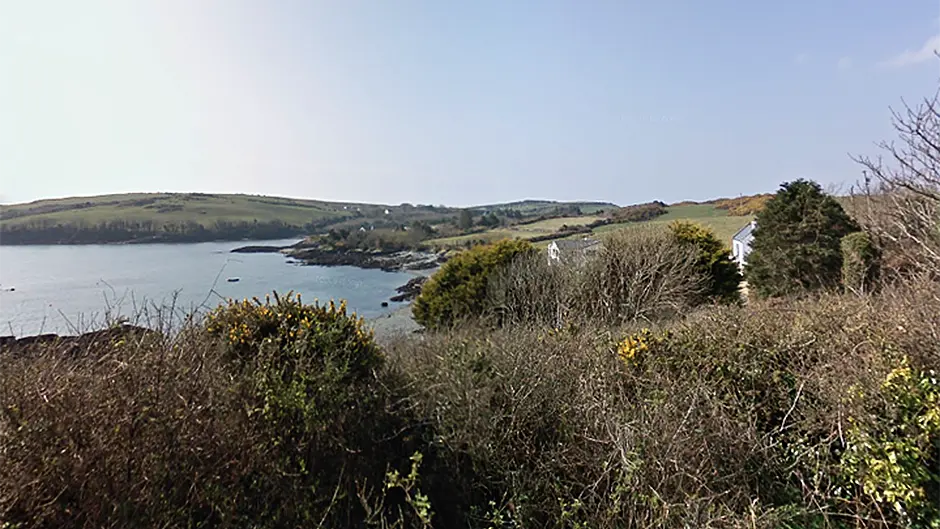A French couple have been ordered by the High Court to remove a protective seawall breakwater in front of their house.
A FRENCH couple have been ordered by the High Court to remove a protective seawall breakwater in front of their house which has blocked public access to a West Cork beach.
The breakwater was built by the previous owner of the property in 1990 to protect a seafront house at Blind Harbour, Reen, Union Hall.
The house was bought in 2000 by a French couple, Pierre and Catherine Damiens.
Ms Justice Mary Faherty ruled, on the available evidence, that reasonable and safe access to the beach for the public required the removal of the breakwater.
The court heard Blind Harbour was bought by the Damiens in 2002 as a holiday home and became their permanent home in 2006. They decided in 2004 to build a seawater swimming pool to the front of the property, which is also protected by the breakwater.
In March 2006, the Department of Environment received a complaint about the swimming pool. Following an inspection, it was found the breakwater was mainly constructed below the high water mark, or State foreshore, and that any such structure requires a licence from the State.
It was recommended the breakwater should be removed, as should the seawater pool which was partly built on State foreshore. The Department claimed the breakwater blocked public access to the beach and was ‘an effort to privatise the foreshore.’
While it provided some form of protection to the Damiens’ property, it was not properly designed, constructed, located or oriented and there were concerns about its effectiveness in the event of a significant storm, it was also claimed.
The Damiens, through their expert, argued it had already withstood the test of time having been in place for 28 years. Any works carried out by them did not impede access to the beach and many people have used it without any complaints, their expert said. There had been incursions on their property to which they turned ‘a blind eye’ and, if people asked kindly, they allowed them pass in front of their house.
The couple had in fact maintained the foreshore over the years, including removing unsightly blocks of concrete left on the beach for a number of years, it was argued. Although they had initially argued the breakwater and pool were within their boundary, they later said they were ‘the unfortunate victims of history’ and accepted a portion of the breakwater was on State property, the judge said.
They said it was for the Department to decide how to deal with it but urged that the very exposed situation of their home in bad weather be taken into account.
In relation to the seawater swimming pool, which had planning permission and which the court heard they financed with a €15,000 bank loan in 2006, they spent another €15,000 in 2014 reconfiguring it to ensure it did not protrude into State property. When they bought the property, it was marketed in the auctioneer’s brochure as having a ‘private pier’ in reference to the breakwater.
The Damiens’ expert told the court he did not believe the beach to be of high amenity value and that, if the breakwater was not there, an existing rocky outcrop and rough terrain rendered it hazardous for people walking on the beach. The Department’s expert strongly disagreed.
Ms Justice Faherty said, having regard to matters including the couple had asserted ownership of the breakwater, it would be neither unduly prejudicial nor oppressive to them if the breakwater was removed. She was satisfied to direct its removal and the restoration of the foreshore to its previous condition.
While not satisfied the Department had made a case in relation to nuisance, she was satisfied sufficient acts of possession by the Damiens concerning the breakwater structure had been established in relation to a claim of continuing trespass.








